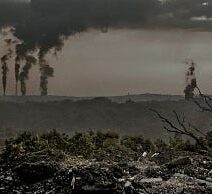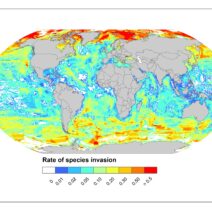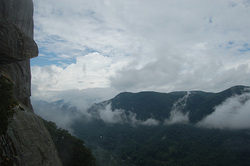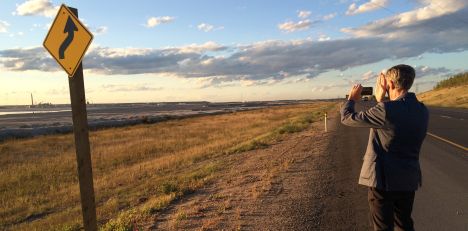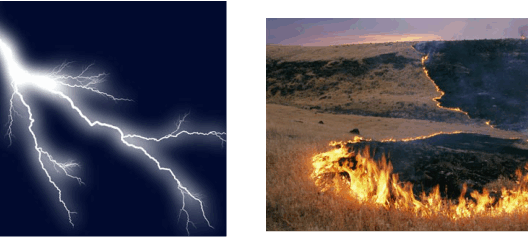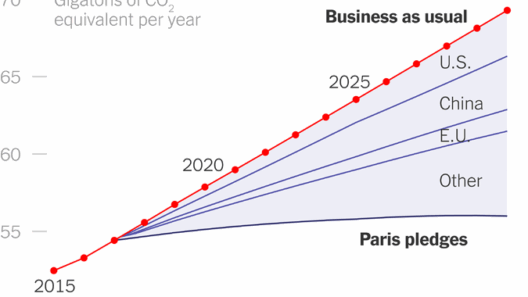The Northeast region of the United States, often referred to as the “Northeast,” presents a diverse and complex climate influenced by a multitude of geographical and meteorological factors. This area typically includes states such as Maine, New Hampshire, Vermont, Massachusetts, Rhode Island, Connecticut, New York, New Jersey, and Pennsylvania. The climate here exhibits a combination of temperate characteristics, offering residents and visitors alike a captivating array of seasonal phenomena.
At first glance, the Northeast might seem quintessentially representative of an idyllic, four-season climate. However, as one delves deeper, the intricacies of its weather patterns reveal both beauty and volatility. This region is marked by its distinct seasons: a typically stark winter, colorful and vibrant spring, warm summer days, and a crisp autumn that brings myriad shades of yellow, orange, and red. Yet, these seasonal attributes can be deceiving; the Northeast is experiencing a paradigm shift in its meteorological behavior.
Winters in the Northeast can be rigorously cold, with notable averages plummeting below freezing, particularly in mountainous and northern areas. Snowfall is frequent, ranging from light flurries to monumental blizzards that can disrupt daily life and infrastructure. The historic “Nor’easters”—complex storm systems that derive their name from the northeast winds they generate—can yield substantial snow, often transforming landscapes into white wonderlands. However, these storms now seem to embody increasingly erratic patterns, leading to heavier precipitation in shorter bursts and unexpected freezing rain, rather than traditional snow. Such changes pose significant challenges for communities, which must adapt to new patterns of severe weather.
Transitioning into spring, the onset of warmer temperatures brings a collective relief. The melting snow buds life anew, and the flora and fauna explode into vibrancy. However, spring is now often unpredictable, with temperature swings that can vacillate dramatically week to week. A warm day may lead to a sudden frost, impacting budding plants and early bloomers. These fluctuations can lead to frustrations within agricultural sectors, as farmers struggle to plan for planting seasons amidst an uncertain climate timeline. It is a season of rebirth, but it now walks a precarious line between resurgence and upheaval.
Summer in the Northeast has traditionally been marked by humid warmth, with temperatures regularly ascending to the high 80s and low 90s Fahrenheit. This season captivates with its lush greenery and vibrant outdoor culture, from beaches to barbecues. Nevertheless, recent years have seen an increase in heat waves and humidity extremes. The interplay of climate change has introduced higher temperatures with oppressive heat indices, making outdoor activities uncomfortable and even hazardous. Additionally, this sizzling heat brings with it the potential for severe thunderstorms, which can develop quickly, bearing risks of flash flooding and damaging winds.
As the calendar turns to autumn, one cannot ignore the breathtaking spectacle of foliage. Autumn in the Northeast is a sensory feast, with painted landscapes that entice millions of leaf-peepers each year. Forests ablaze with color offer a striking backdrop to activities like apple picking and harvest festivals. However, the once-predictable timing of peak foliage has also become inconsistent, influenced by unseasonably warm temperatures and shifting precipitation patterns. The delicate balance of environmental conditions that facilitate the vibrancy of fall foliage may be under threat, hinting at a potential transition toward duller displays as climate patterns continue to morph.
Underlying these seasonal changes is an essential environmental conversation. Climate change is not merely an abstraction; it is a palpable force altering weather patterns, impacting ecosystems, and affecting human livelihoods. A pattern of increasing temperatures across the globe is leading to observable and persistent changes in the Northeast’s climate. This region, while characterized by its distinctive seasons, is on the cusp of a transformation where traditional temporal markers may soon be eclipsed by a new reality shaped by climate dynamics.
Furthermore, hydrology in the Northeast warrants careful attention. The region’s rivers and lakes are seeing shifts in their thermal regimes, which can have cascading effects on aquatic ecosystems. Fish species that rely on specific temperature ranges are either migrating to cooler waters or facing population declines as water temperatures rise. Such changes not only influence biodiversity but threaten the cultural and economic practices tied to fishing, tourism, and recreation.
Moreover, the prevailing urban architecture and transportation infrastructures may also necessitate re-evaluation in light of changing climate patterns. Cities like Boston, New York, and Philadelphia face the dual challenges of managing intensifying urban heat and the prospect of increased flooding due to rising sea levels. As savage storms become more frequent, urban planners and policymakers must harmonize community resilience strategies to safeguard against the unpredictability of climate variations.
In conclusion, the climate of the Northeast region is in a state of flux, reflective of broader climatic shifts occurring across the globe. As this region grapples with complex seasonal dynamics, it is crucial to recognize the vital interconnections between weather, climate, and ecosystem health. This growing awareness may inspire a renewed dedication to implementing sustainable practices and fostering an appreciation for the wonders and challenges posed by an ever-evolving climate landscape in the Northeast. In understanding these nuances, we can better prepare ourselves for the transitions to come and ensure the enduring splendor of this unique region.

